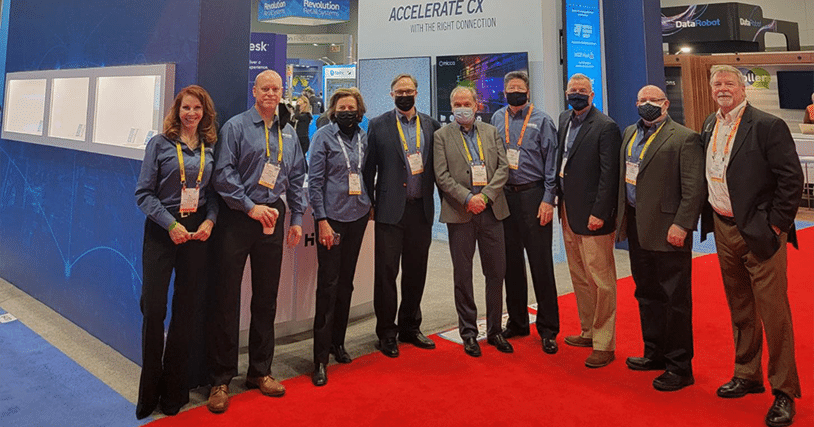
While Covid may have impacted attendance at this year’s National Retail Federation’s (NRF) “Big Show,” held at the Javits Center in New York City, it didn’t dampen enthusiasm for a range of interesting topics. With smaller crowds it was also easier to engage. Here are the four top takeaways from NRF 2022:
- The future of robotics in retail is. . . now. Where there may have been two robotics demonstrations in 2020, there were as many as 12 this year—all far more capable. Most were packaged goods handling platforms designed to support warehouse or distribution centers by picking and moving products for verification and final packing by people. Some were specifically designed for micro-fulfillment and back-of-store settings with dense inventory designs, making them ideal for small footprint locations. Of course, there were also floor cleaning and inventory scanning robots. The demonstrations served as a visible expression of the critical role fulfillment plays in competing for customers, and the degree to which robotics automation is enabling new and more efficient business practices. Interestingly, most vendors didn’t talk about cost savings or replacing workers, but rather about augmenting staff to allow for faster and more value-add activities.
- Digital at the core of the store. From magic mirrors, interactive signage, and recommendation engines to shopper assistants, inventory visibility and micro-fulfillment, stores are acquiring technology to bring digital capabilities to life inside the store. Omni-channel once meant being able to complete retail tasks online. Today, it means being able to complete e-commerce activities in the store. That’s a big change, and it’s happening throughout both front-of-store and back-of-store operations.
- Frictionless, grab-and-go experiences are ingrained expectations. Across the board at NRF, there were examples of both types of experiences, and not just at the booths. Amazon set up an Amazon Go store so attendees could grab lunch; food vendors offered contactless or phone-based payment options; and even vending machines supported phone payment or contactless credit card transactions. Many vendors showcased both in-store frictionless systems as well as automated strategies, such as utilizing autonomous driverless vehicles to bring the store to the customer, reduce costs, increase efficiencies in logistics and address last mile delivery hurdles.
- The IT team’s new role. One shift that hasn’t received much attention is the changing role of the IT team. Even just 5 years ago, IT teams focused primarily on delivering projects, on making sure transactions happened and network operations went as expected. Now, the IT team is being challenged to serve as a core component of delivering the branded store experience. They are an essential part of the value chain, of what makes a customer come to a store, stay engaged, and shop longer — all of which ultimately drives revenue. That’s a big cultural change for those in IT.
While the industry was hard hit by the pandemic, retailers have proven themselves to be resilient and creative in their response. Perhaps that willingness and ability to pivot in the face of challenge sparked a newfound level of energy and excitement for what’s possible through innovation, change and technology. For more insights about the state of retail, check out this video where my Hughes colleagues reflect on key learnings from NRF and this article about the evolving role of the retail store.